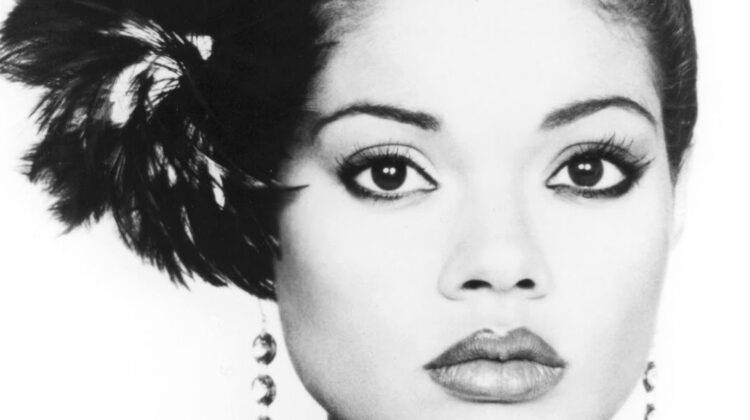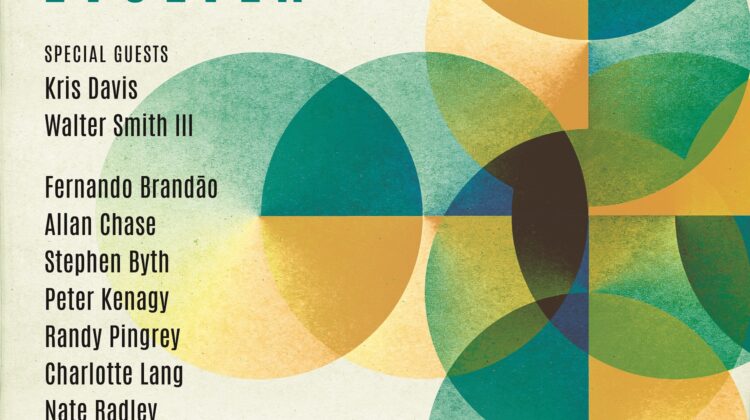HISTORY OF JAZZ BY LARRY RENI THOMAS
1620—1865—SLAVE AMERICAN—GOSPEL MUSIC
1865—1900—FREED AMERICAN—BLUES MUSIC
1900—1945—NEGRO AMERICAN—JAZZ
1945—PRESENT–BLACK AMERICAN–MODERN JAZZ
The history of jazz is an easy one because it traces the phases that the captured Afrikan has gone through since living in the United States of America. From 1620 to 1865, the captives tended to sing gospel music, or spirituals, singing and creating music that praised their love for Jesus Christ. After slavery, from 1865 to 1900, most blacks had the blues, with no where to go, no land of their own, and had to deal with violence (i.e. lynching, assaults, black on black, rape, etc.) almost everyday. Around 1900, with the turn of the 20th century, a new Negro came on the scene, one who would gradually get an education, a paying job, a home and start to feel like an American. American Classical music, commonly called “jazz” was born around 1900. It reflected a much more worldly, sophisticated black, like Duke Ellington and others. Commonly called, ragtime, Tin Pan Alley era, stride piano era, early jazz and the big band era, it lasted from 1900 to 1945. Finally, the new Negro, the black American, African-American, arrived after 1945, with what is called the Modern Jazz era, bebop, free jazz, smooth jazz, contemporary jazz, and other terms that were given to it by the people who control the media. This is the music we are hearing today that is falsely called “jazz.” It is a musical reflection of the African-American experience in America and is and should be called what it is: American Classical music or black music, baby!












